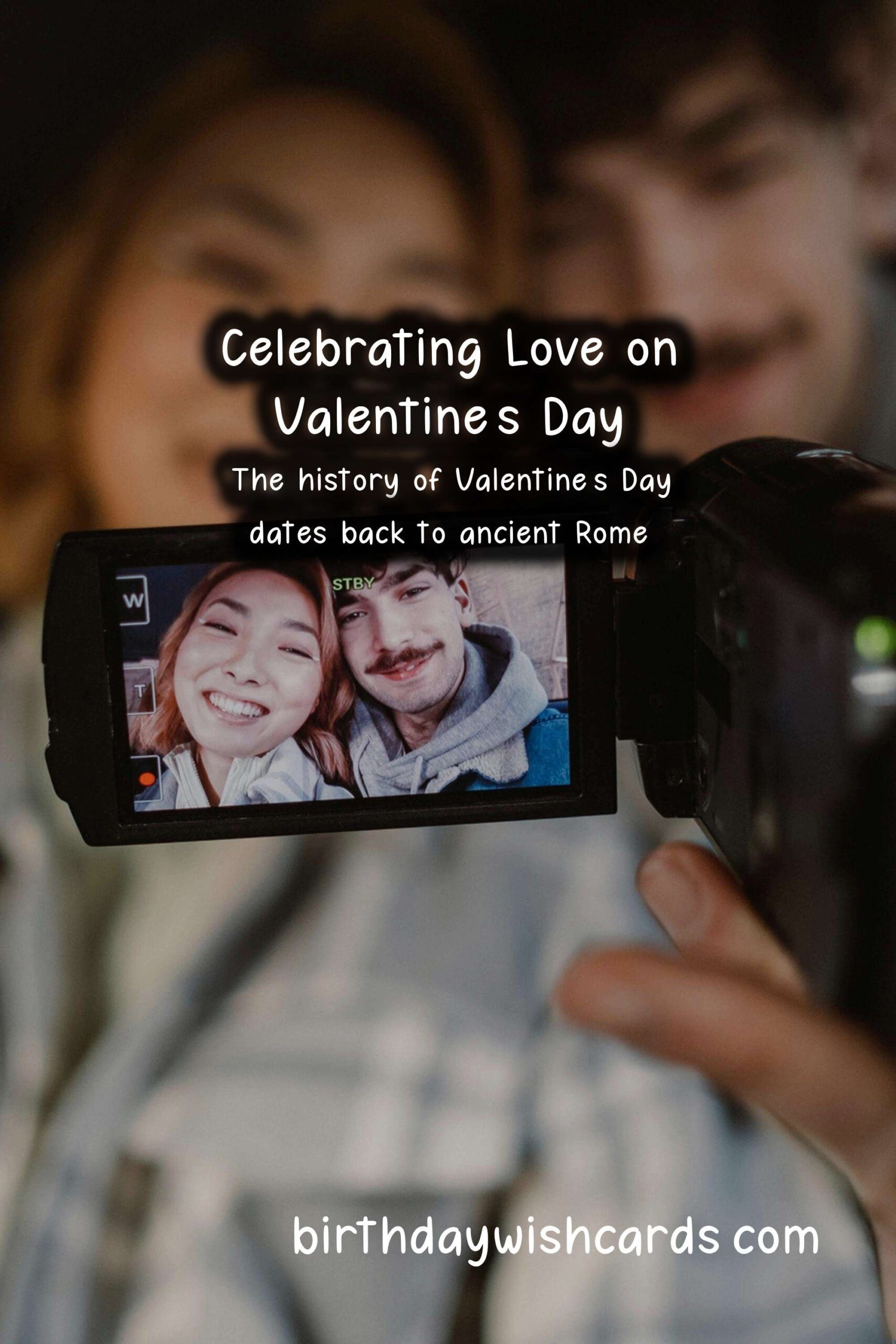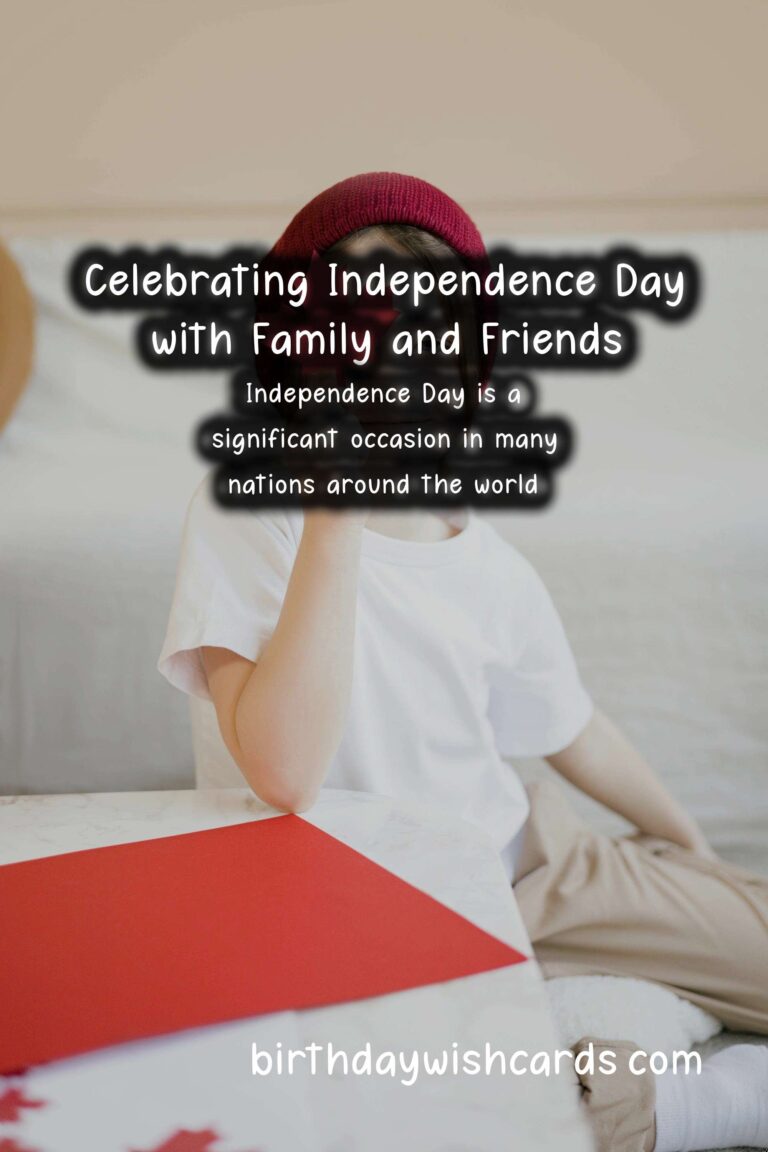Top 10 Milestone Moments in the Life of Valentine’s Day
Top 10 Milestone Moments in the Life of Valentine’s Day
Valentine’s Day, celebrated on February 14th, is a day dedicated to love and affection. Over the centuries, this day has evolved from early rituals to modern-day celebrations filled with gifts, romantic dinners, and heartfelt messages. In this article, we will explore the top 10 milestone moments in the history of Valentine’s Day that have shaped it into the beloved occasion it is today.
1. The Origins of Valentine’s Day
The history of Valentine’s Day dates back to ancient Rome. It is believed that the day was named after Saint Valentine, a priest who lived around 270 AD. He was known for secretly marrying couples in love despite Emperor Claudius II’s ban on marriages for young men to keep them focused on military service. This act of defiance led to his martyrdom, and he was later canonized. The day, February 14, became associated with love and romance in honor of his sacrifice.
2. The First Valentine’s Cards
By the 15th century, Valentine’s Day had transformed into a day for people to express their love through handwritten notes and poems. The practice of sending poetic messages became common, and early Valentine’s cards were often adorned with elaborate designs and declarations of love. The first recorded Valentine’s card is thought to have been sent by Charles, Duke of Orléans, to his wife in 1415 while he was imprisoned in the Tower of London.
3. The Rise of Commercialization
The 19th century saw the commercialization of Valentine’s Day take off, particularly in the United States. With the advent of printing technology, printed cards became widely available. Esther Howland, known as the ‘Mother of the Valentine,’ began producing intricate lace cards that became incredibly popular. This marked the beginning of a billion-dollar industry centered around Valentine’s Day.
4. The Symbolism of Hearts and Roses
Hearts have been a symbol of love since medieval times. They represent the core of romantic affection and have become the iconic image associated with Valentine’s Day. Roses, particularly red ones, signify passion and deep love, and their popularity surged in the language of flowers during the Victorian era. Today, couples around the world exchange these symbols to express their feelings.
5. Valentine’s Day Worldwide
Valentine’s Day is celebrated globally, though traditions vary greatly from one country to another. In Japan, women give chocolates to men, while men return the favor a month later on White Day. In South Korea, couples celebrate not only on February 14 but also on the 14th of every month. These cultural differences highlight the diverse ways love is celebrated around the world.
6. Valentine’s Day and Pop Culture
Throughout the years, Valentine’s Day has significantly influenced popular culture. Numerous movies, songs, and books celebrate love and romance, often released in time for February 14th. Iconic films like ‘When Harry Met Sally’ and ‘Valentine’s Day’ showcase the complexities of relationships and have solidified the day’s status in entertainment.
7. The Impact of Social Media
In recent years, social media has dramatically changed how people celebrate Valentine’s Day. Platforms like Instagram and Facebook have transformed the day into a highly visual occasion, where couples share their love stories through pictures and hashtags. This shift has created new trends and ways to celebrate, often adding a competitive element to gift-giving and romantic gestures.
8. Valentine’s Day and Consumerism
The commercialization of Valentine’s Day has sparked discussion about consumerism and its impact on relationships. While some argue that the day has become overly commercialized, others appreciate the opportunity to express love through gifts. Regardless, the day has become one of the top occasions for flowers, chocolates, jewelry, and dining out, driving significant revenue in various industries.
9. Valentine’s Day During Pandemics
The COVID-19 pandemic in 2020 brought significant changes to how Valentine’s Day was celebrated. Many couples adapted to social distancing measures by celebrating virtually or finding creative ways to connect from afar. This resiliency showcased the importance of love and connection, even in challenging times, leading to an increase in personalized gifts and experiences rather than extravagant outings.
10. The Evolving Definition of Love
Finally, Valentine’s Day continues to evolve as society’s understanding of love changes. Today, the day is not solely about romantic love; it includes celebrating friendship, family, and self-love. This broadened interpretation makes Valentine’s Day accessible to everyone, emphasizing that love comes in many forms.
In conclusion, Valentine’s Day is a rich tapestry woven with historical significance and modern meanings. Each milestone moment has contributed to the way love is perceived and celebrated in contemporary society. Whether through heartfelt notes, grand gestures, or simple acts of kindness, this day serves as a reminder of the importance of love in all its forms.
Valentine’s Day, celebrated on February 14th, is a day dedicated to love and affection.
The history of Valentine’s Day dates back to ancient Rome.










#ValentinesDay #Love #History






